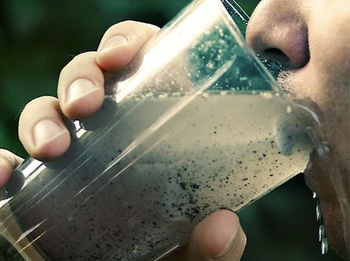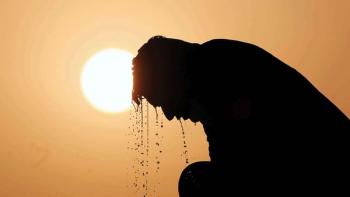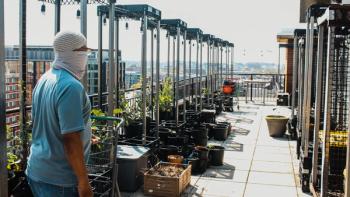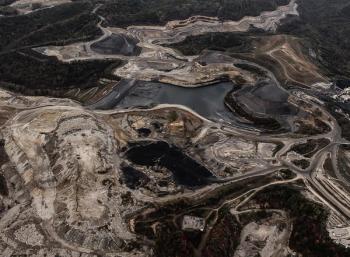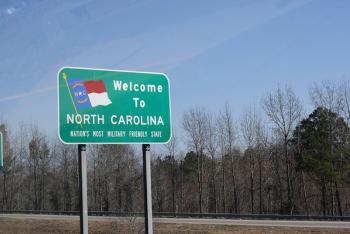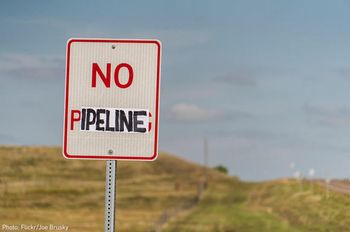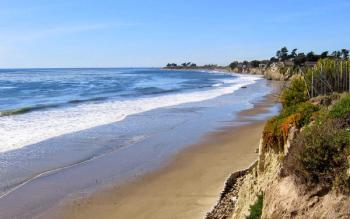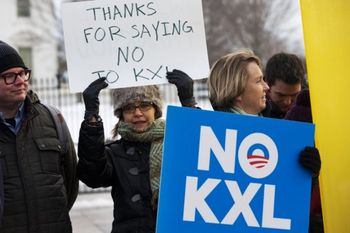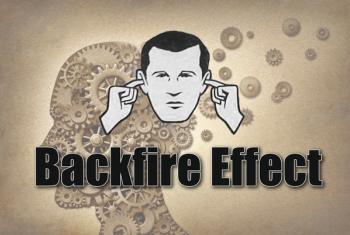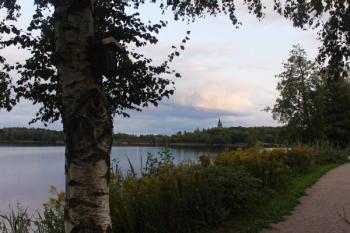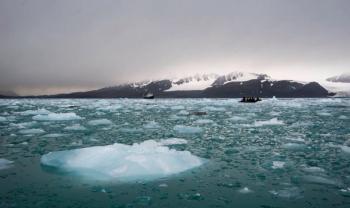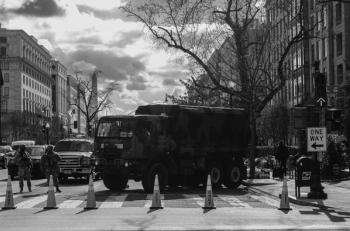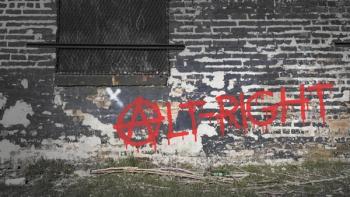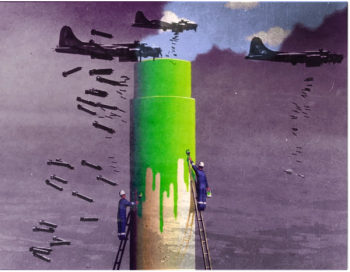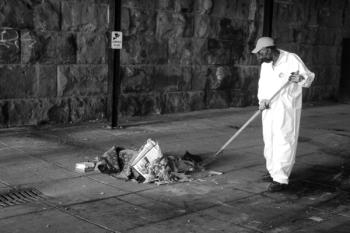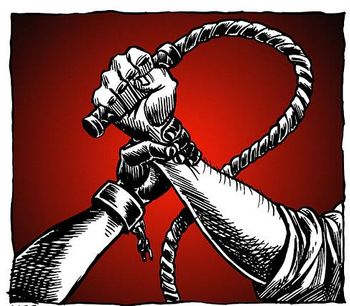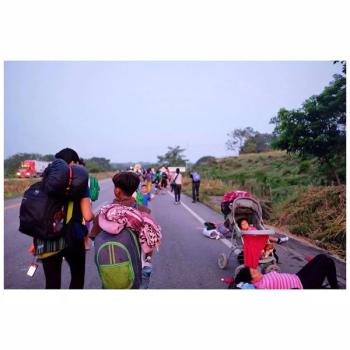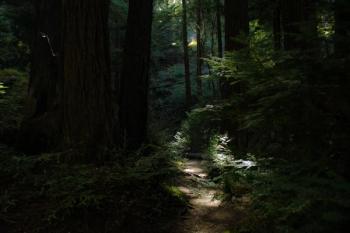
The Only Bridge We DON’T Need Is The One We’re Building
2018-09-24
by Eleanor Goldfield
Fracking operations not only represent a toxic and unnecessary bridge, that bridge is actually a backwards, one-way bridge.
When people say that fracked gas and oil are bridge fuels, I can’t help but think that they’re either joking or making some deep, albeit strained, social commentary. Maybe it’s a dig against this country’s atrocious infrastructure – the fact that more than 50,000 of our bridges are known to be structurally deficient or that 4 in 10 are more than 50 years old. I chuckle to myself at the nerdy joke, assuming for those few seconds that they couldn’t possibly mean that fracked oil and gas are somehow logical transitions towards renewable energy sources. Because that’s just ridiculous! How could fracked oil be considered a bridge fuel? It’s still oil. How could fracked gas be considered a bridge fuel when the extraction and transportation of said gas releases methane, a greenhouse gas that is 34 times more potent than CO2? Not to mention that this would also suggest that you need a bridge – that somehow there’s a gaping chasm between where we are now and the possibility of global renewable energy use. However, a recent Centre for Alternative Technology report points out quite simply that clean energy could already meet all global electricity needs, “using only existing technology, at all times of the day, and all year round.” So really, those who aren’t joking or making stretched social commentary are suggesting that we frack in order to build a toxic bridge over a make-believe gap in our technological abilities.
The ever more absurd and frightening reality is that fracking operations not only represent a toxic and unnecessary bridge, that bridge is actually a backwards, one-way bridge. Because it’s not just about the oil and gas we desperately hack out of the earth like haggard crazed addicts, it’s about the added horrors unique to fracking that further pollute and destroy both people and planet.
Fracking operations ultimately use more water than they find oil or gas
A recent Duke University study shows that between 2011 and 2016, the amount of fracking wastewater rose 1,440 percent in the United States. Furthermore, the amount of water used for fracking rose 770 percent in that same time period. Meanwhile, the study found that fracking operations ultimately use more water than they find oil or gas. For instance, in 2013 in California, fracking operations produced more than 3 billion barrels of wastewater for 0.2 billion barrels of oil. That’s a pretty shitty ratio, particularly for a state that’s been on fire the better part of two years. Meanwhile, there’s the question of what to do with all this toxic wastewater – a question even the industry seems at a loss to answer.
In a recent interview with the fossil fuel mag E&P, an industry lawyer admitted that “One of the things I think we can lose sight of is just how much produced water we are creating … which is more on a per day basis than Niagara Falls has going over it in an hour.” To expand further on that comparison, an astonishing 2,727,000,000 gallons (11,376,000 tons) of water fall over the combined three falls that make up Niagara every hour. That means that every day, we produce almost 3 billion gallons of toxic wastewater, or “produced water” as they like to call it. “Produced water” is a typically flaccid and benign term used by the fossil fuel industry to refer to toxic wastewater. It’s just that produced water sounds better. And sure, when you’re talking about 1 trillion gallons of produced water annually, that sounds a lot better than saying, ‘fossil fuel companies dump almost 1 trillion gallons of radioactive wastewater kinda wherever they feel like it every year.’ Unfortunately though, that is the blunt truth.
Fracking operations often use “injection wells” to pump wastewater underground into the rock formations where oil or gas was just pumped out. This practice is not only linked to earthquakes and massive sinkholes but also to groundwater contamination. Because duh. Let’s set the scene here. Fracked wastewater contains radioactive materials as well as corrosive salts. It also includes “chemicals whose identities are considered trade secrets and which even the U.S. Environmental Protection Agency can’t list.” We wouldn’t want y’all stealing the secret to slowly poisoning your own groundwater, now would we?! A small consolation though it may be, companies are supposed to inject wastewater back into geologic formations that don’t contain any usable groundwater. However, there’s a loophole – in the Safe Drinking Water Act of all places. This loopholeallows oil and gas companies to apply for an “aquifer exemption.” These exemptions give fracking operations the right to inject toxic wastewater wherever they feel like it – including into aquifers that potentially hold high-quality drinking water. Yes, really. Frack Tracker put together a map (shown below) of all the areas in the country that have these exemptions. Spoiler alert: there are an astonishing number of exemption sites and even entire exemption counties. Now, this would be bad news even if we had enough water to go around. But we really, really don’t.

Already back in 2013, research showed that almost one in ten US watersheds is stressed, meaning that the demand for water exceeds the natural supply available. It just so happens that a lot of fracking operations hunker down in places with stressed watersheds and serious water worries. Take for instance, Texas. Texas has more than 300,000 active oil and gas wells. The state is also getting hit hard by a combination of hotter-than-normal weather and decreased rain fall. The added heat evaporates surface water while of course the decreased rain fall can’t possibly fill depleted water stores. Unfortunately for Texas and its fellow water worried neighbors, the problem will only get worse. Research shows that water usage in fracking operations is rising – up to 50 times more in the next dozen years. Meanwhile back in Texas, as these 300,000+ oil and gas wells keep on trucking, local governments are urging their citizens to water their lawns less and maybe skip a shower or two. Sure, I agree. Fuck lawns. But it’s just too bad that skipping a shower won’t save millions of gallons of water – nor will it save your water from being contaminated – or your house from exploding. Yep, if the lack of potable water or the abundance of poisoned water doesn’t get you, the explosions will.
The concept of a pipeline triggering an explosion and massive fire where people desperately try to find water but only have access to toxic flammable water would be absurdly hilarious if it weren’t a very realistic danger.
Earlier this month, a natural gas pipeline rupture caused multiple explosions and injuries in three separate Massachusetts communities. Roughly 70 gas explosions were tallied and at one point, 18 separate blazes were raging in Andover alone. At least one person died (an 18 year old) and more than a dozen were injured according to initial reports. Also in September, an explosion in Beaver County, Pennsylvania destroyed a house, garages and took down six high-tension electric towers. The pipeline responsible went into service on September 3rd, exploded on September 10th and is operated by Energy Transfer Partners – the same company behind the Dakota Access Pipeline, the Bayou Bridge Pipeline and the Mariner East 2 pipeline. It really is a wonder why folks don’t want these pipelines running through their back yards. And these explosive examples are only from one single month!
The concept of a pipeline triggering an explosion and massive fire where people desperately try to find water but only have access to toxic flammable water would be absurdly hilarious if it weren’t a very realistic danger. We need fracking like we need a cup of secret sauce chemical wastewater – or an exploded house. Put simply, there is no reason to ever frack. At all. Ever.
Imagine if instead of staring down the irreversible and mass havoc perpetuated by fracking, we were round tabling how to mitigate a fried bird or two in our solar paneled city. I want those problems. I want to talk wind turbine design because the only negative point that people can think up is that they look kinda ugly. I wanna think of weird and creative ways to harness energy. For instance, why not hook the cardio equipment at gyms up to energy storage that then powers the gym? Or why not turn our food waste into fuel for our cars and our homes? This technology already exists and is used by communities worldwide. Beyond the renewable energy sources and technology we already have to power our world, the potential list of sustainable energy sources is only growing.
Of course, at the core of our twisted choices lies the grave mistake of treating finite resources such as clean water like they’re infinite – and therefore far less important than money, an infinite make-believe resource of mostly digital 1s and 0s we’ve convinced ourselves is so precious and finite. The only gap that requires a bridge is a gap of understanding, a gap filled with the toxic sludge of apathy; a barely moving flood of laissez-faire misconceptions. And we should build a bridge over that troubled water. We should also treat that water, make it a quick moving flood of engagement, education and giving a fuck. We should build bridges that connect our issues and make it easier to act in diverse solidarity, without tripping into chasms of infighting and misunderstandings. We should even build actual bridges – because I’m tired of holding my damn breath every time I drive over a U.S. bridge. Truly, there are so many bridges we should build. Really, the one we can’t afford to build – economically and environmentally – is the fracking bridge.
So, the next time someone says to you, “oh it’s a bridge fuel,” you’ll have a literal and figurative response.
